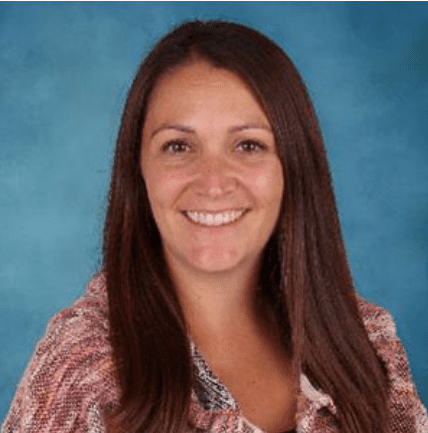
Dena P. Russo
Red Bank Primary School
Red Bank, New Jersey
russod@rbb.k12.nj.us
Best Practices
1) A best practice in education is to put the students’ social and emotional wellbeing first. I have had the privilege of working in Title I schools throughout my years in education. When working with students and families of economically disadvantaged households and non-English speaking homes, there are barriers to their lives that often deal with basic needs that are lacking. These needs include struggles to purchase food, clothing and payments for housing. It is imperative to be able to recognize the signs that a student may be acting out in school or not tending to tasks due to these unfortunate situations. Prior to achieving academic success, it is imperative that the school community is dedicated to supporting the social and emotional needs of students. In addition, simple actions and greetings can make a difference in how students start their day at school. In my experience as a teacher and Vice-Principal, I have taken the pulse of my students to make sure their needs are met beyond the walls of the school. Collaborating with community resources to provide health, food, clothing, or home assistance is key for student success.
2) The phrase “It Takes a Village” sums up one of the best practices in education. Through Professional Learning Communities and resources among the school community, educators have more opportunities to collaborate on how to address their students’ areas of need. Response to Intervention is an avenue that can support more than academics. Targeting areas for concern and creating actions to assist students through RTI gives each student the opportunity to have their individualized needs met. There may be social/emotional or related service concerns too. Students do not all have the same background and do not all learn the same. Educators enhance their practice through PLCs and RTI to collaborate and learn from each other and past experiences to assist students. I believe when working in isolation you are missing opportunities to try interventions that have proven successful for other students. Our RTI program has worked with all PLCs within the building to highlight areas students are struggling. This allows the opportunity for intervention suggestions from other educators in which you might not have sought out assistance if not structured in this way. A successful school is one that works collaboratively and welcomes one another with open doors.


